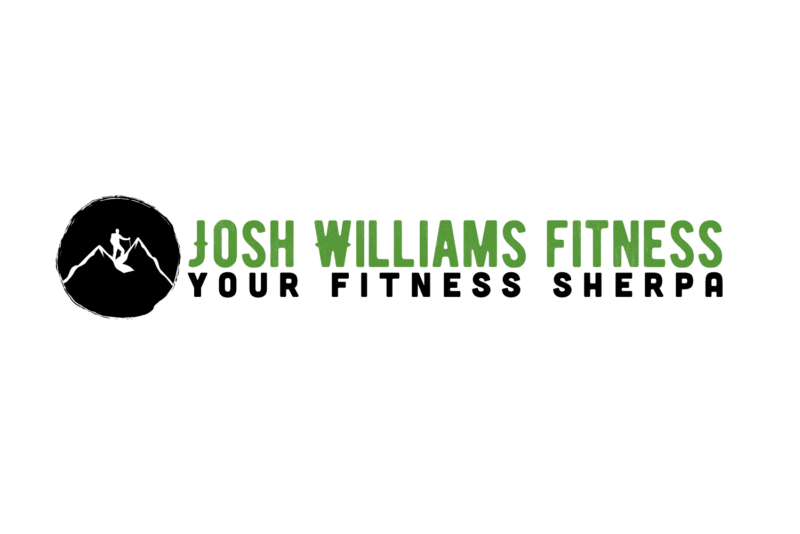It has been a crazy handful of weeks lately, filled mainly with moving an entire commercial gym from point A onto point B and into point C and then D (I’ll explain below)..
If you have not had the pleasure of undertaking something like this, here’s pretty much what it entails. Moving thousands of pounds of awkward-shaped objects from point A (old facility) to point B (moving truck) to point C (just outside new facility but not where the objects’ final resting spot will be) and then into point D (final spot in new facility… for now).
Simply put, moving is a bitch and it is my excuse for not writing anything in the past month as I needed the whole month to mentally prepare for the week of the move.
So this whole moving thing got me thinking about functional strength. There is a definite difference between being weight room strong and being strong in real life functional activities (in this case moving heavy s___!).
Growing up in the 90s, the “F” word got thrown around a lot (no not THAT “F” word, you know functional training, although that word sometimes got tossed into a sentence or two). It’s talked about even more today
Back then (you know, in the 90’s), when I would think of functional training three images came to mind: Mike Boyle’s Functional Strength Coach book, images of BOSU Balls, and Stability Balls.
None of these three things support functional training in and of themselves. I mean really, who actually uses one of those stability balls in lieu of a desk chair? Well maybe Mike’s book is the exception here. , I haven’t read it but I hear it is good, so you should read it and let me know! What makes an exercise functional is that doing it in the gym, makes your life outside the gym easier. It could help with your job, your sport or your hobbies.
Functional exercises have three things in common:
- They are unsupported
- They mimic the same muscle recruitment patterns used in the task you’re looking to become stronger at
- They require you to move in multiple planes
There is no one functional exercise that is better than another. It all depends on what you or your clients are trying to improve on. I would not say the Bench Press is very functional for a desk jockey but for a Power Lifter, it is very functional.
The reason functional training is such a buzz phrase these days is because it is often used to describe a bullshit exercise that is just thought up. That conversation often goes like this:
Q: “What exercise is that?”
A: “Oh this. It’s a Bosu Ball Kettlebell Banded Barbell Over Head Snatch Row”
Q: “ , What does it do?”
A: “Don’t worry it’s very functional”
Functional for whom? People whose jobs require them to lift weirdly formed half balls over their heads? When functional training is not being offered under the guise of sack of bullshit non-exercises, it is a very effective way to get you stronger in your activities. It teaches your muscles to move more efficiently and helps to prevent injury.
Here are three of my most commonly recommended functional exercises.
Deadlift
The Deadlift is an exercise that is all about extension. In a world where most people spend much of their time in flexion,hunched over a computer or sitting in a chair or car for long hours with elbows bent and shoulders forward,the Deadlift promotes shoulders back, core engagement, and use of the posterior chain (Glutes, Hamstrings, Lats) instead of the anterior chain (Quads, Chest, Hip Flexors).
Single Leg Squat to Stand
Your single leg strength is utilized every day! You tap into it when walking, running; going up and down stairs with that laundry basket, squatting to pick up toys, clothes…you get the idea. The Single Leg Squat to Stand promotes pelvic control, core activation, and single leg strength. Plus it helps to even you out as it’s likely you favor one side or the other when squatting to grab those discarded items on the floor.
Push Ups and Pull Ups
The first two were all about the lower body. The two I use the most for to build upper body strength are the Push Up and the Pull Up. They both require lots of pelvic control and core activation to perform proficiently. They also show someone has enough strength to control their own body.
You don’t have to be focused on functional movement in all of your programs, but having moved those several thousand pounds of oddly-shaped objects recently, I can attest to the value of being able to tap into that type of strength. Think about incorporating more extension movements, single leg movements, and push/pull movements that are unsupported. Also think of venturing out of the sagittal plane movements and exploring the transverse plane and the frontal plane. More on that at a later date..
Best
JW












Bring back the beard!!!
The beard will be back in season come this fall, don’t you worry.